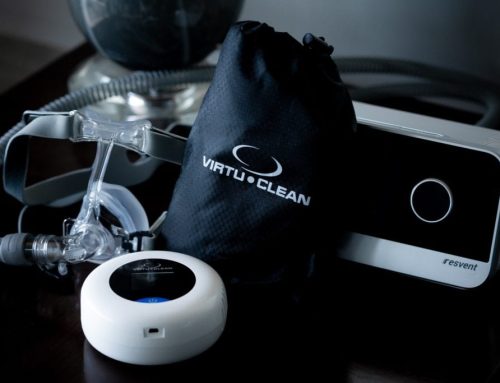I know as a patient, one of the worst parts of having OSA (obstructive sleep apnea) is hearing your doctor say that they would like to start you off with sleep therapy using a PAP (positive air pressure) device. Here are a few tips for the average CPAP wearer that can help you be more comfortable.
- Use your CPAP during awake downtimes
- You can practice wearing your CPAP by using the device while you watch TV, read a book, or even play a video game. Adding this extra time using your device, you will start to get more used to your mask, and you will find it more comfortable and natural feeling when you go to sleep at night.
- CPAP is your new sleeping routine
- This means that you will need to ensure that you are using your CPAP every time that you are asleep. You will want to include naps and even pack your CPAP if you are going to travel. By utilizing your device every night, it helps to compound its benefits, and it enables you to adjust to the sleep therapy.
- Some adjustments are ok
- If you find things are just not feeling right and are too uncomfortable, try adjusting the straps that are on your mask and headgear. Sometimes the smallest changes can make all the difference. They also make special pillows for people who have to wear headgear. These help provide room for straps and tubing.
- Does your mask fit?
- One of the leading causes of discomfort among CPAP users is that the mask is not fitting correctly. This can lead to having to make the straps too tight, which can lead to skin and muscle irritation. Sometimes a mask that is too small will leak air and not work properly as well as dry out your eyes. There is excellent news for this issue, there are many different mask styles, and types, and most machines are compatible with a myriad of various facial gear. If the mask you have is not working for you, talk to your doctor or CPAP provider and get a mask that is better for you and your face.
- If you feel your CPAP pressure is too much, see if your machine has a RAMP feature.
- This feature will start the pressure very low, and as you fall asleep, it will slowly increase the pressure. This makes it a gentle transition and allows you to fall asleep easier and allows you to be more comfortable.
If these adjustments do not help you with your comfort, reach out to communities about CPAP support and contact your doctor or sleep center about your experience. They will be able to advise you on other steps you can take to help make your CPAP usage more comfortable, or perhaps they can discuss a non-PAP related treatment for your OSA.


 Shop
Shop



